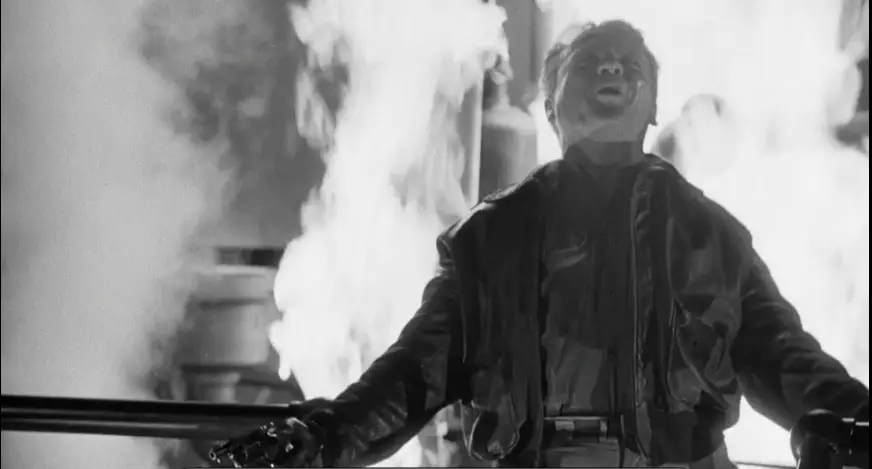
Director: Raoul Walsh
Producer: Louis F. Edelman (Warner Bros.)
Writers: Virginia Kellogg (story), Ivan Goff and Ben Roberts (screenplay)
Photography: Sidney Hickox
Music: Max Steiner
Cast: James Cagney, Virginia Mayo, Edmond O’Brien, Margaret Wycherly, Steve Cochran, John Archer
![]()
“The greatest gangster film to me is not The Godfather, it’s White Heat,” legendary screenwriter William Goldman (Butch Cassidy & The Sundance Kid) told the American Film Institute. (A)
White Heat remains James Cagney’s signature picture, and ironically, it was a homecoming to the studio that made him. Warner Brothers had turned Cagney into the archetypal movie gangster throughout the 1930s, from The Public Enemy (1931) to Angels With Dirty Faces (1938) to The Roaring Twenties (1939), as his “you dirty rat” persona overshadowed even Edward G. Robinson (Little Caesar), Paul Muni (Scarface) and Humphrey Bogart (The Petrified Forest).
But at the height of this gangster reputation, Cagney began seeking different roles to prove his versatility, appearing in war films, westerns, romantic comedies, even musicals, winning an Oscar for his fancy footwork in Yankee Doodle Dandy (1942). After a failed attempt at launching his own movie studio, Cagney returned to both Warner Brothers and the crime genre to deliver his masterpiece, White Heat, a film that remains the greatest gangster picture of Hollywood’s Golden Age.
In one of the single greatest performances of all time, Cagney plays Arthur “Cody” Jarrett, a psychotic heist man who’s as cold-blooded as they come. When a victim asks, “You wouldn’t kill me in cold blood, would you?” Cagney replies, “Nah, I’d let you warm up a little.”
For such a short guy (5-foot-5), Cagney is an amazing screen presence, inducing fear just by entering the frame. This is because we know he’s capable of knocking off his own gang members, just for the slightest annoyance, like “giving some air” to one of his cohorts who’s hiding in a car trunk:
ROY: It’s stuffy in here, I need some air.
CODY: Oh, stuffy, huh? I’ll give ya a little air.
[pulls a gun from his pants and shoots four times into the trunk]
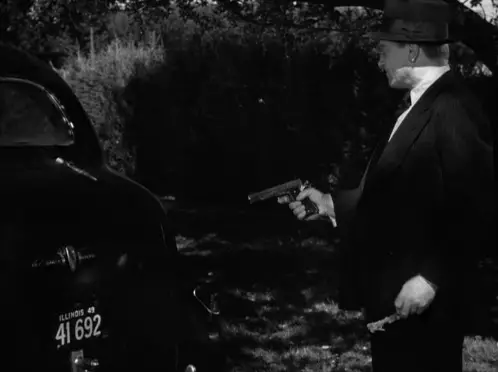
But Cody Jarrett is more than just a badass. He’s an emotionally complex criminal mind. We are given hints as to the origins of his development, that his father died in an insane asylum and that his mother, Ma Jarrett (Margaret Wycherly), was very overprotective and influential on his life of crime. This lattermost relationship is the most explored, revealing his dependency on her all the way from childhood, when he used to fake migraines to get her attention.
Now, as an adult, the phony headaches have become actual debilitating seizures, punishment for a childhood of crying wolf. Cody’s seizures are achieved by director Raoul Walsh with blurred focus and rapid montages. And each time, his mother must protect him, hiding the pain from Cody’s rivals in order to maintain his tough reputation. Cagney is altogether disturbing each time his mental wires cross, a mother-obsessed Norman Bates before there was Norman Bates. Likewise, Wycherly’s accommodating mother is up to par with the best creepy mothers in movie history, from Leopoldine Konstantinin Notorious (1946) to Angela Lansbury in The Manchurian Candidate (1962), cultivating her son toward an unnervingly ambitious goal: “Top of the world.”
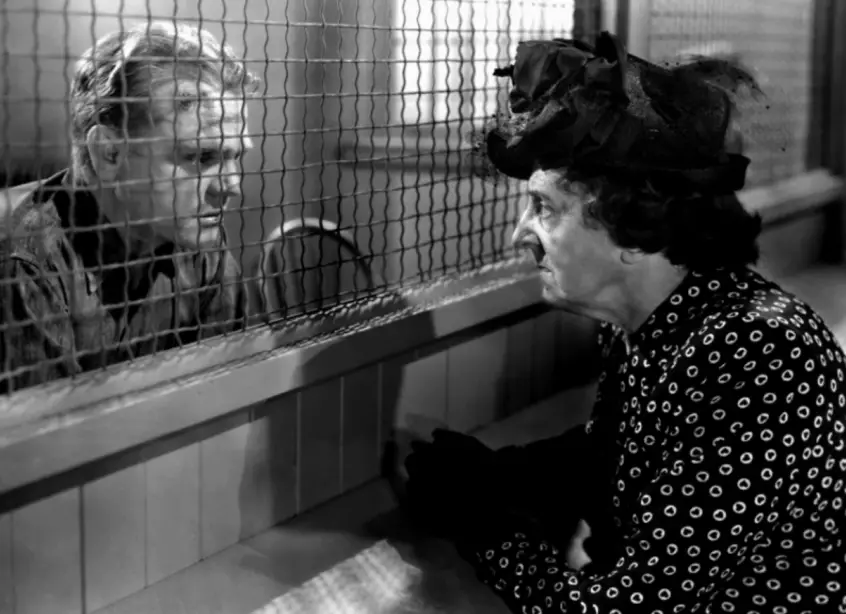
When Cody receives the news that his mother has passed away, he unleashes a psychotic flip-out in the prison mess hall. To pull off the performance, Cagney recalled a disturbing image from his childhood when he visited the uncle of a friend at an insane asylum. (C)
His mother’s death is so devastating to Cody because she’s the only woman he ever loved. This is apparent in his abuse of beautiful wife Verna (Virginia Mayo), who pushes back by becoming a femme fatale in betrayal. Her character recalls Ida Lupino’s betrayal of George Raft in Walsh’s noir classic They Drive By Night (1940).
Untouchable gangsters like Cody can’t be taken down by force. They must be betrayed from the inside, by those closest to them. Ironically, his wife’s double-cross is not the biggest betrayal. That claim belongs to Vic Pardo (Edmund O’Brien), a close “friend” and “gangster” who is actually an undercover cop named Hank Fallon. Their relationship begins when Cody agrees to spend several years in prison as a cover for his other big-time crimes. Privy to the scheme, the police department sends Fallon in as a phony cellmate to dig up dirt on Cody. The two bond throughout various incidents, namely Fallon saving Cody’s life and teaming up with him on a prison break.
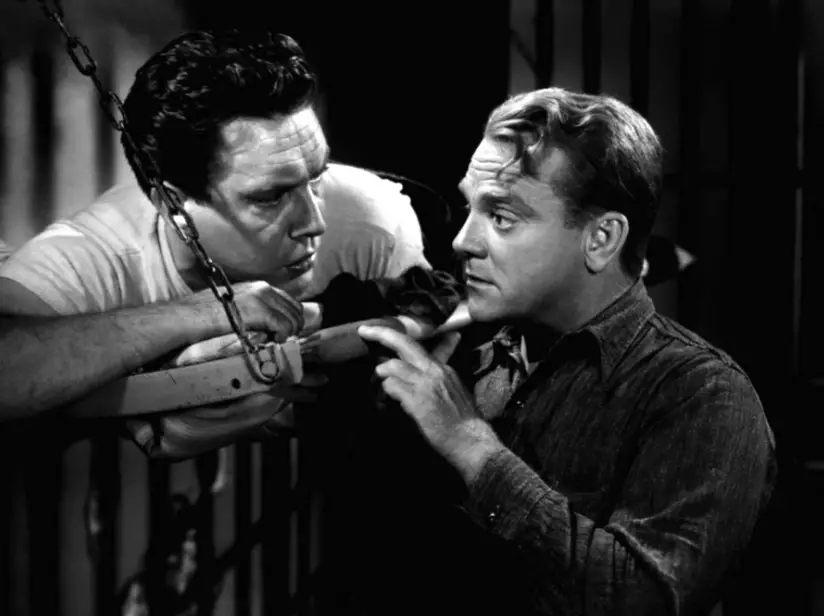
But once on the outside, Fallon coordinates with police for Cody’s capture during a nifty Trojan Horse heist at a power plant. Cody’s shocked realization of Fallon’s police identity has become the stuff of movie legend:
CODY: “A copper. A copper. How do you like that boys? A copper. And his name is Fallon. And we went for it, I went for it. Treated him like a kid brother. And I was gonna split fifty-fifty with a copper!
Moments after Cagney’s “copper” line, Cagney comes dangerously close to saying the famous line he never actually said: “You dirty rat.” As he yells out the window at the cops during an impending shootout, he says, “You dirty–“ before firing a shot.

The film benefits from sharp dialogue from screenwriters Ivan Goff and Ben Roberts inside an Oscar-nominated story from Virginia Kellogg. The tightly-written script creates a fast-paced crime thriller that remains one of the most purely entertaining movies of all the Hollywood classics. It moves with rapid precision between train robberies, prison breaks, elaborate heists, undercover cops, standoffs, stakeouts, car chases, shootouts and explosions.
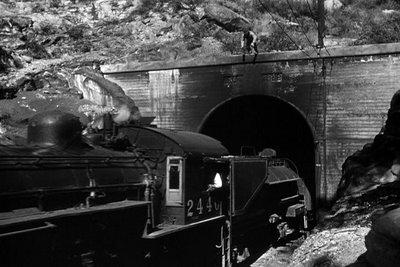
Director Raoul Walsh does not waste a single second of his two-hour runtime and proves he is one of the most underrated directors on Hollywood’s Golden Age. He could tackle multiple genres, be it fantasy with Douglas Fairbanks in The Thief of Baghdad (1924) or comedy with Spencer Tracy and Joan Bennett in Me and My Gal (1932). Still, Walsh was at his very best in the crime genre, directing Cagney’s famous staircase demise in The Roaring Twenties (1939) and Bogart’s Breaking Bad-like finale in High Sierra (1941).
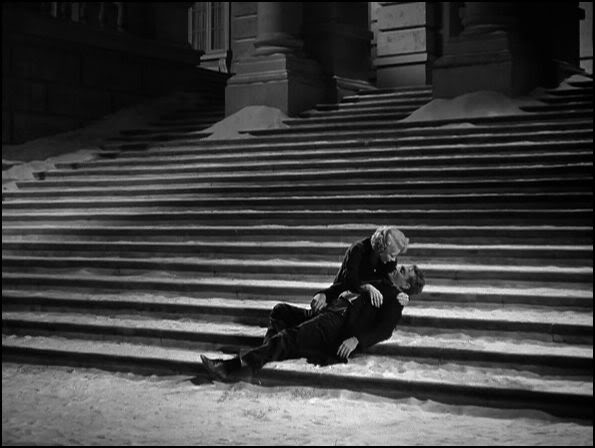
As great as those films were, White Heat was his masterpiece. It immediately influenced countless heist films in the coming decade, from John Huston’s The Asphalt Jungle (1950) to Stanley Kubrick’s The Killing (1956) to Lewis Milestone’s Ocean’s Eleven (1960). (A) It also inspired countless other films in the prison and crime genres, including Escape from Alcatraz (sitting in the prison cafeteria and saying, “[We go] tonight”), GoodFellas (talking through the glass of a jail visitor’s window) and The Silence of the Lambs (using mealtime for the villain’s premeditated escape).
But of all the elements White Heat brought to the crime film lexicon, its most lasting contribution were seven words shouted by Cody as he fulfills his mother’s promise, climbing to the top of a globe-shaped power plant tank and igniting a massive explosion while shouting: “Made it Ma! Top of the world!” The line was voted the AFI’s No. 18 Greatest Movie Quote of All Time, just ahead of “I’m mad as hell and I’m not going to take this anymore” from Network (1976).
It was an explosive end to one of history’s baddest gangsters, instantly trumping Edward G. Robinson (“Mother of mercy, is this the end of Rico?”) for the greatest last words of a gangster. It set the protocol for every other gangster to go out with a bang, watched on television by Tupac’s character in Juice (1992) and embodied by Al Pacino in Scarface (1982), a film that references the “top of the world” in its final shot of a globe reading “The World is Yours.”
But the real power of the line, and of White Heat, is not just its badass gangster sign-off, but rather the blatant irony encompassed within. Their motto may proclaim “top of the world,” but these gangsters are on top of nothing. There is no glory in their “blaze of glory,” only a final explosive punctuation on a life of wrong choices, hurt people and ultimate destruction.
![]()
Citations:
CITE A: Tim Dirks, AMC Filmsite
CITE B: AFI Top 100 countdown, CBS
CITE C: James Cagney: Top of the World featurette on Yankee Doodle Dandy DVD
